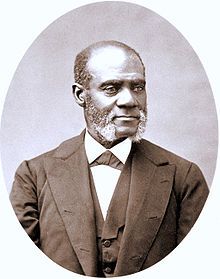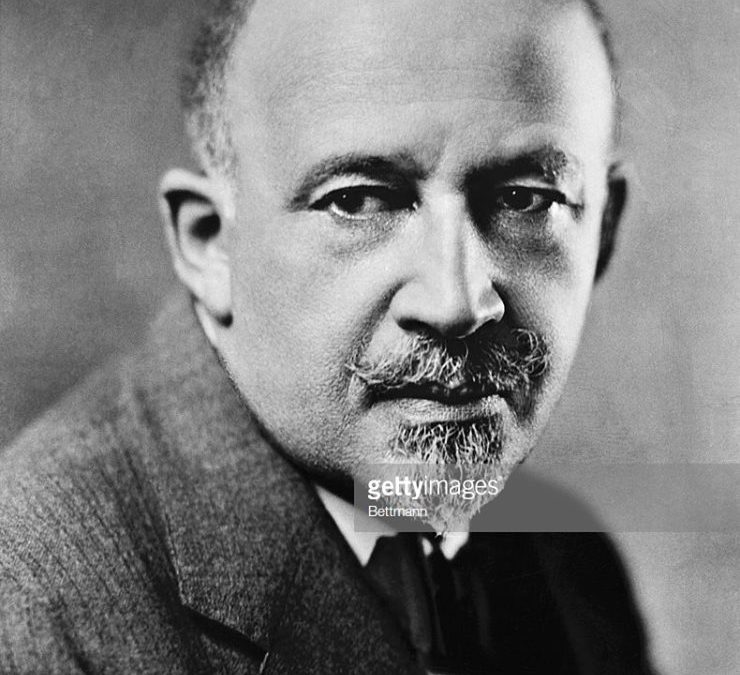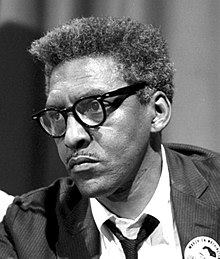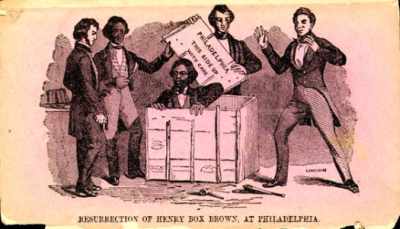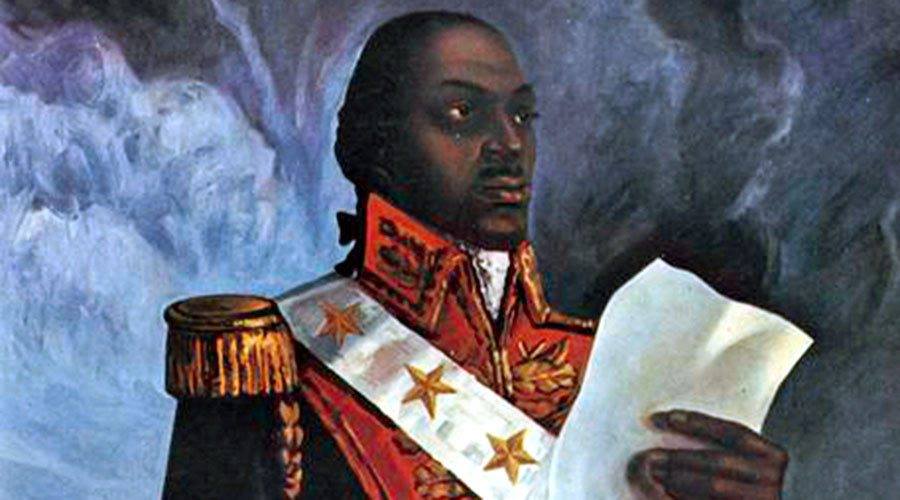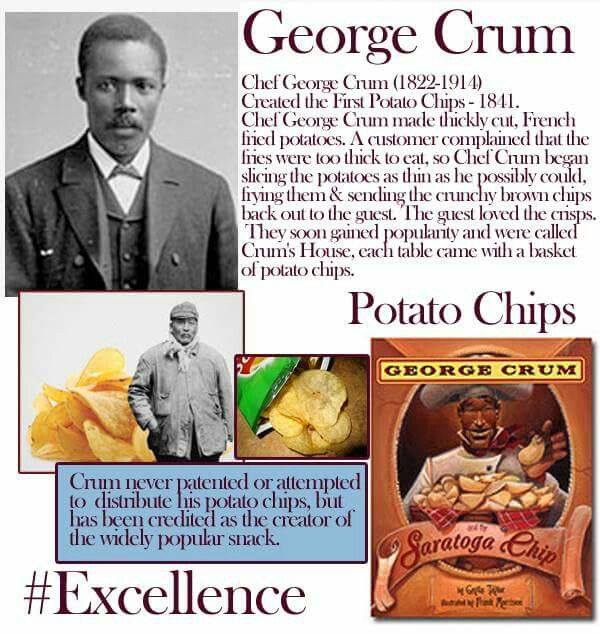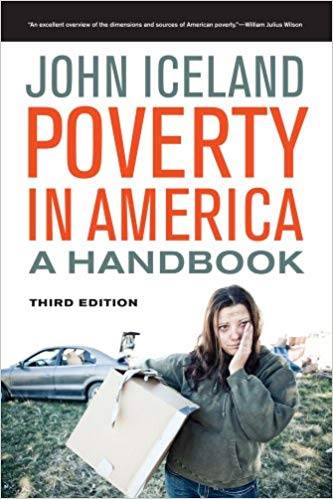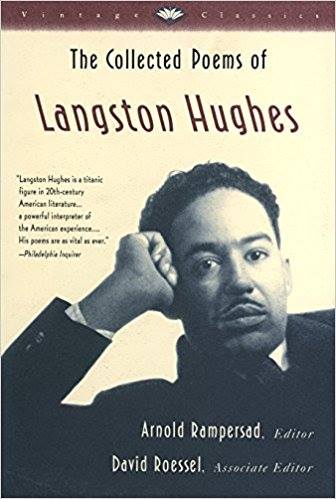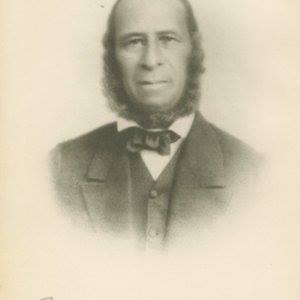GM – FBF – Today I would like to share with you a story that you
all love or his Invention anyway. You love it so much that your parents
introduced it to you and you have welcomed it to your family. It was a hard
road for this Black man but he overcame the odds. Enjoy!
Remember – ” Who would have thought that potato shavings
would be a treat for the world. – George Crum
Today in our History – August 21,1893 – The Potato Chip was
massed produced.
George Speck (also called George Crum; 1824– July 22, 1914) was
an American chef. He worked as a hunter, guide, and cook in the Adirondack
mountains, and became renowned for his culinary skills after being hired at
Moon’s Lake House on Saratoga Lake, near Saratoga Springs, New York.
Speck’s specialities included wild game, especially venison and
duck, and he often experimented in the kitchen. During the 1850s, while working
at Moon’s Lake House in the midst of a dinner rush, Speck tried slicing the
potatoes extra thin and dropping it into the deep hot fat of the frying pan.
Although recipes for potato chips were published in several cookbooks decades
prior to the 1850s, a local legend associates Speck with the creation of potato
chip.
Speck was born on July 15, 1824 in Saratoga County in upstate
New York. Some sources suggest that the family lived in Ballston Spa or Malta;
others suggest they came from the Adirondacks. Depending upon the source, his
father, Abraham, and mother Diana, were variously identified as African
American, Oneida, Stockbridge, and/or Mohawk. Some sources associate the family
with the St. Regis (Akwesasne) Mohawk reservation that straddles the US/Canada
border. Speck and his sister Kate Wicks, like other Native American or
mixed-race people of that era, were variously described as “Indian,”
“Mulatto,” “Black,” or just “Colored,” depending
on the snap judgement of the census taker.
Speck developed his culinary skills at Cary Moon’s Lake House on
Saratoga Lake, noted as an expensive restaurant at a time when wealthy families
from Manhattan and other areas were building summer “camps” in the
area. Speck and his sister, Wicks, also cooked at the Sans Souci in Ballston
Spa, alongside another St. Regis Mohawk Indian known for his skills as a guide
and cook, Pete Francis. One of the regular customers at Moon’s was Commodore
Cornelius Vanderbilt, who, although he savored the food, could never seem to
remember Speck’s name. On one occasion, he called a waiter over to ask “Crum,”
“How long before we shall eat?” Rather than take offense, Speck decided to embrace
the nickname, figuring that, “A crumb is bigger than a speck.”[
Speck developed his culinary skills at Cary Moon’s Lake House on
Saratoga Lake, noted as an expensive restaurant at a time when wealthy families
from Manhattan and other areas were building summer “camps” in the
area. Speck and his sister, Wicks, also cooked at the Sans Souci in Ballston
Spa, alongside another St. Regis Mohawk Indian known for his skills as a guide
and cook, Pete Francis.[
One of the regular customers at Moon’s was Commodore Cornelius
Vanderbilt, who, although he savored the food, could never seem to remember
Speck’s name. On one occasion, he called a waiter over to ask “Crum,” “How long
before we shall eat?” Rather than take offense, Speck decided to embrace th e
nickname, figuring that, “A crumb is bigger than a speck.” a yed no
favorites.” Guests were obliged to wait their turn, the millionaire as well as
the wage-earner. Mr. Vanderbilt once was obliged to wait an hour and a half for
a meal…With none but rich pleasure-seekers as his guests, Speck kept his
tables laden with the best of everything, and for it all charged Delmonico
prices.”[
Recipes for frying potato slices were published in several
cookbooks in the 19th century. In 1832, a recipe for fried potato
“shavings” was included in a United States cookbook derived from an
earlier English collection. William Kitchiner’s The Cook’s Oracle (1822), also
included techniques for such a dish. Similarly, N.K.M. Lee’s cookbook, The
Cook’s Own Book (1832), has a recipe that is very similar to Kitchiner’s.
The New York Tribune ran a feature article on “Crum’s: The
Famous Eating House on Saratoga Lake” in December 1891, but mentioned
nothing about potato chips. Neither did Crum’s commissioned biography,
published in 1893, nor did one 1914 obituary in a local paper. Another obituary
states “Crum is said to have been the actual inventor of “Saratoga
chips.”” When Wicks died in 1924, however, her obituary
authoritatively identified her as follows: “A sister of George Crum, Mrs.
Catherine Wicks, died at the age of 102, and was the cook at Moon’s Lake House.
She first invented and fried the famous Saratoga Chips.”
Wicks recalled the invention of Saratoga Chips as an accident:
she had “chipped off a piece of the potato which, by the merest accident,
fell into the pan of fat. She fished it out with a fork and set it down upon a
plate beside her on the table.” Her brother tasted it, declared it good,
and said, “We’ll have plenty of these.” In a 1932 interview with the Saratogian
newspaper, her grandson, John Gilbert Freeman, asserted Wicks’s role as the
true inventor of the potato chip.
Hugh Bradley’s 1940 history of Saratoga contains some
information about Speck, based on local folklore as much as on any specific
historical primary sources. In their 1983 article in Western Folklore, Fox and
Banner say that Bradley had cited an 1885 article in the Hotel Gazette about
Speck and the potato chips. Bradley repeated some material from that article,
including that “Crum was born in 1828, the son of Abe Speck, a mulatto
jockey who had come from Kentucky to Saratoga Springs and married a Stockbridge
Indian woman,” and that, “Crum also claimed to have considerable
German and Spanish blood.”
In any event, Speck helped popularize the potato chip, first as
a cook at Moon’s and then in his own place. Cary Moon, owner of Moon’s Lake
House, later rushed to claim credit for the invention, and began mass-producing
the chips, first served in paper cones, then packaged in boxes. They became
wildly popular: “It was at Moon’s that Clio first tasted the famous
Saratoga chips, said to have originated there, and it was she who first
scandalized spa society by strolling along Broadway and about the paddock at
the race track crunching the crisp circlets out of a paper sack as though they
were candy or peanuts. She made it the fashion, and soon you saw all Saratoga
dipping into cornucopias filled with golden-brown paper-thin potatoes; a
gathered crowd was likely to create a sound like a scuffling through dried
autumn leaves.” Visitors to Saratoga Springs were advised to take the
10-mile journey around the lake to Moon’s if only for the chips: “the
hobby of the Lake House is Fried Potatoes, and these they serve in good style.
They are sold in papers like confectionary.”
A 1973 advertising campaign by the St. Regis Paper Company,
which manufactured packaging for chips, featured an ad for Speck and his story,
published in the national magazines, Fortune and Time. During the late 1970s,
the variant of the story featuring Vanderbilt became popular because of the
interest in his wealth and name, and evidence suggests the source was an
advertising agency for the Potato Chip/Snack Food Association.
A 1983 article in Western Folklore identifies potato chips as
having originated in Saratoga Springs, New York, while critiquing the variants
of popular stories. In all versions, the chips became popular and subsequently
known as “Saratoga chips” or “potato crunches”.
The 21st-century Snopes
website writes that Crum’s customer, if he existed, was more likely an obscure
one. Vanderbilt was indeed a regular customer at both Crum’s Malta restaurant
and Moon’s Lake House, but there is no evidence that he played a role by
requesting or promoting potato chips. Research more about Black Inventors and
share with your babies. Make it a champion day!

